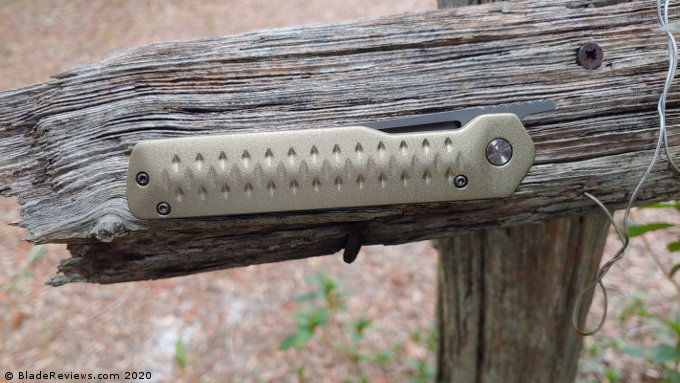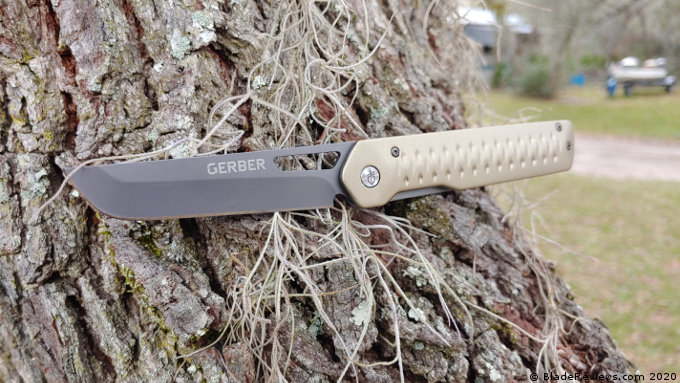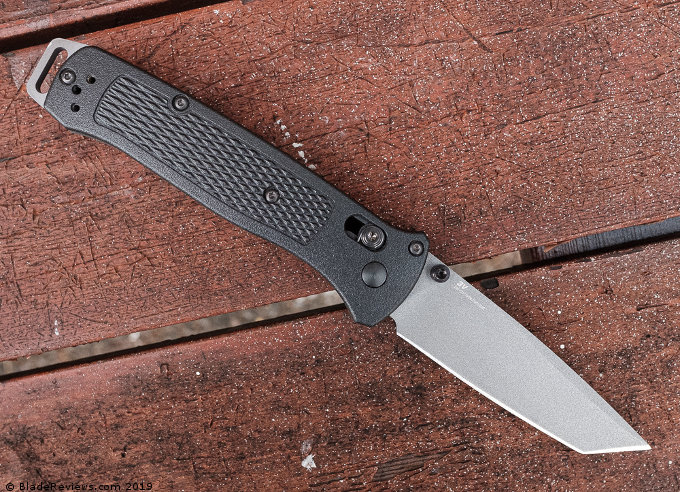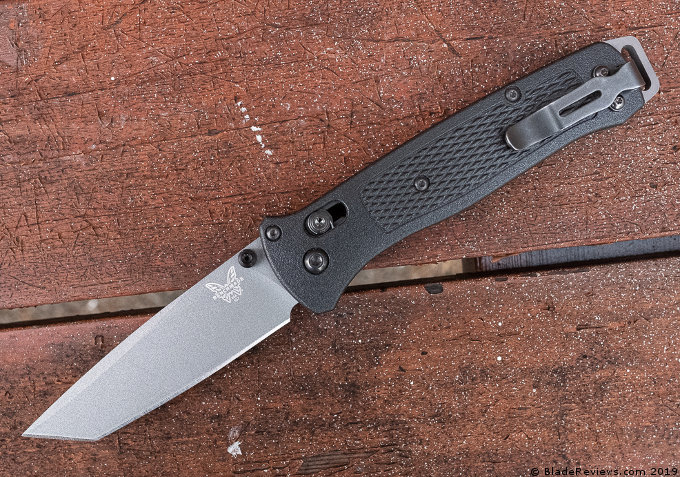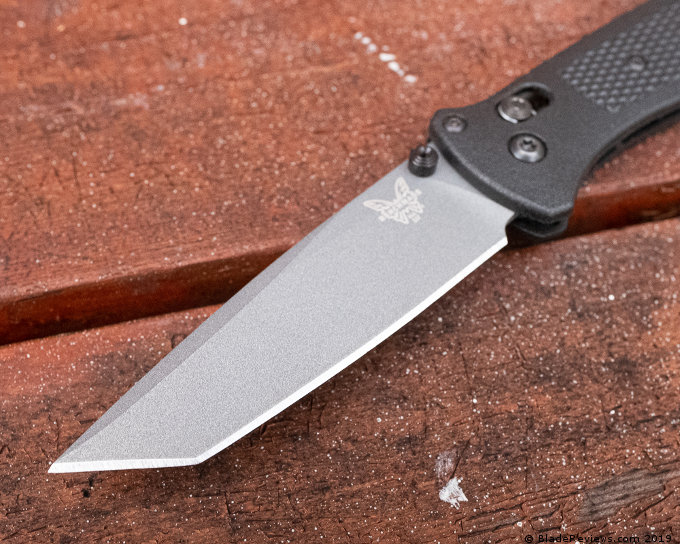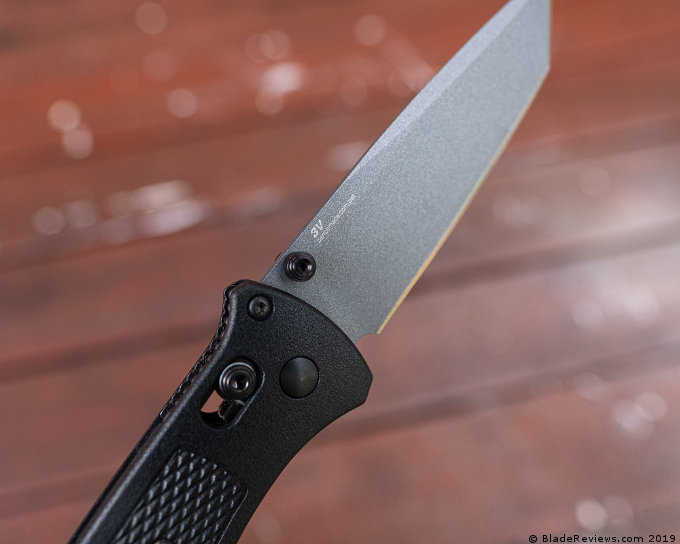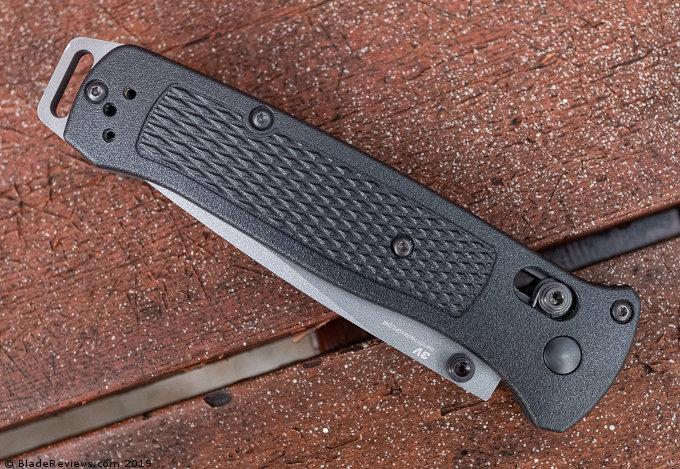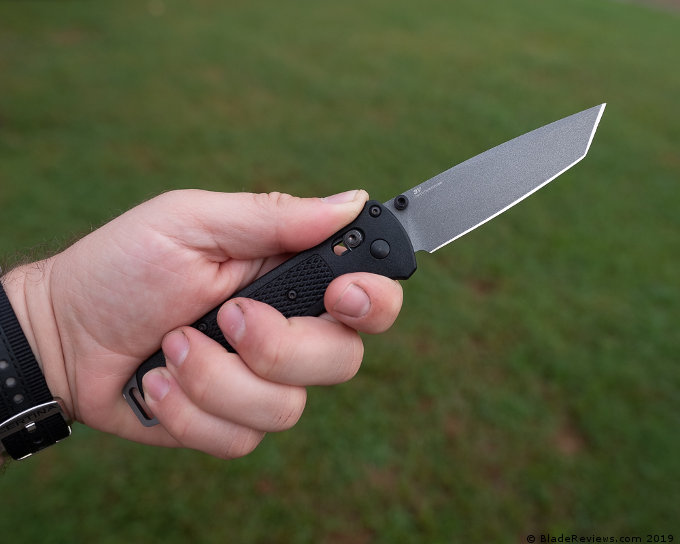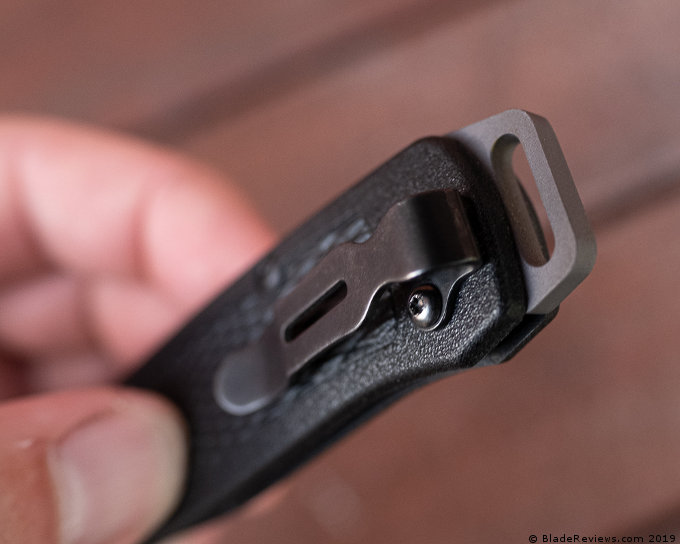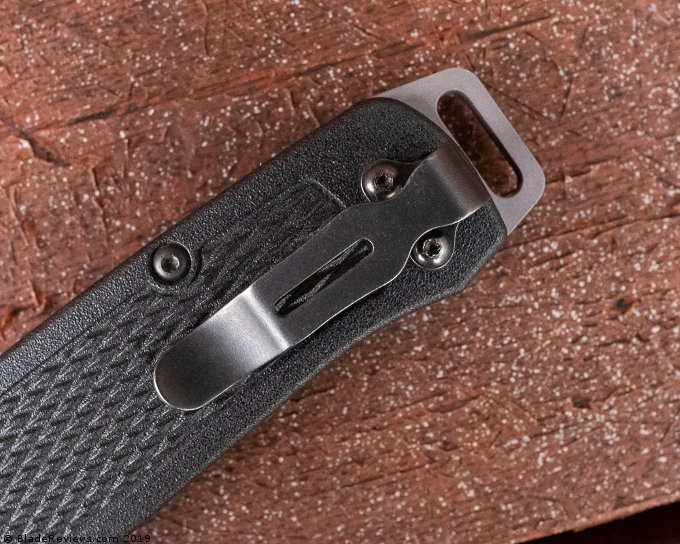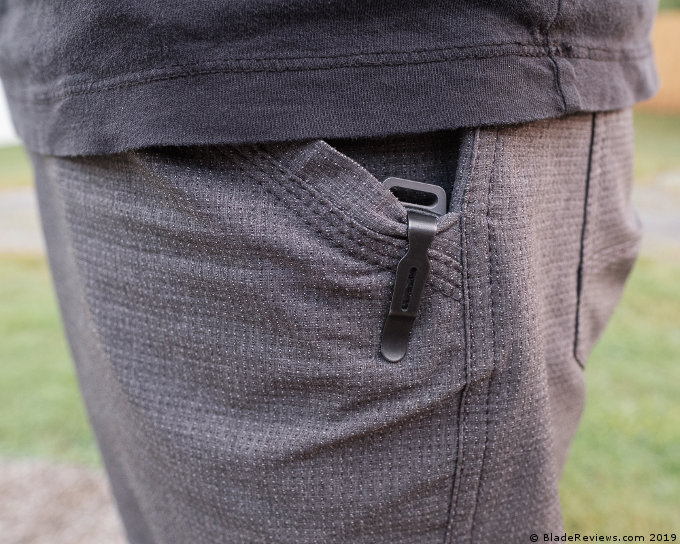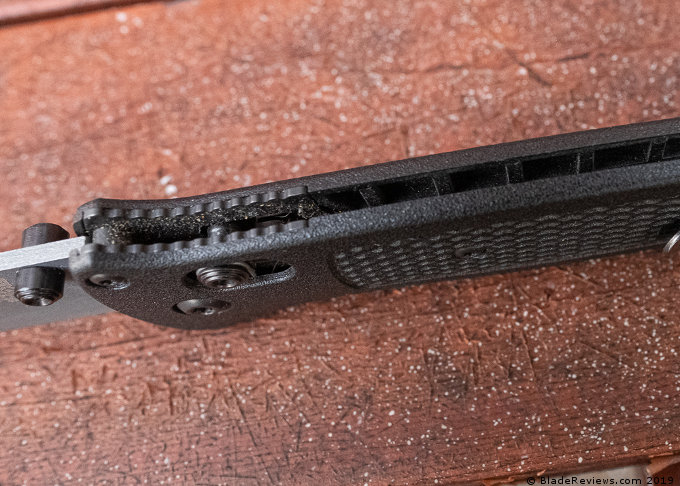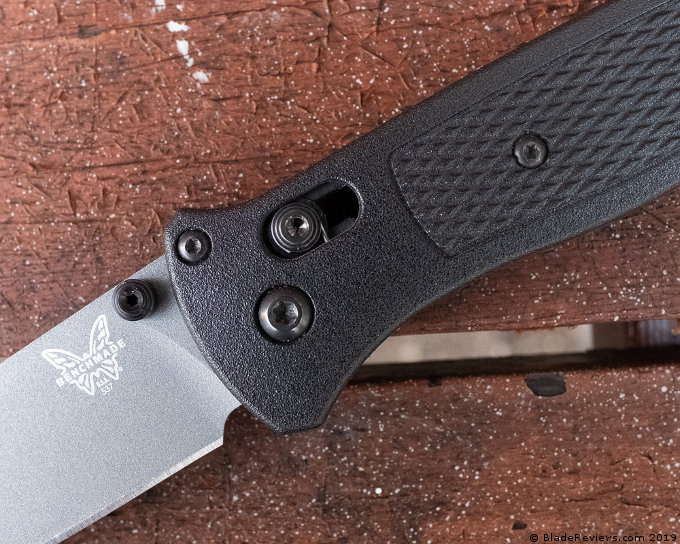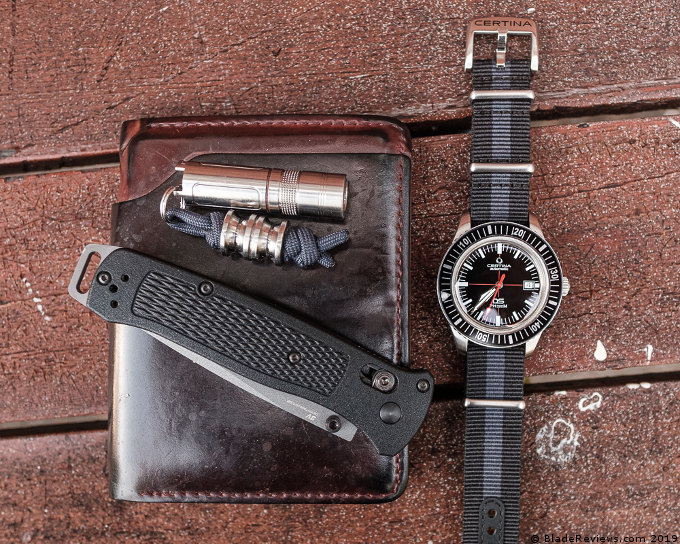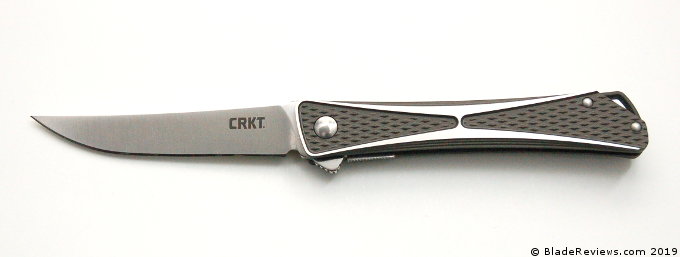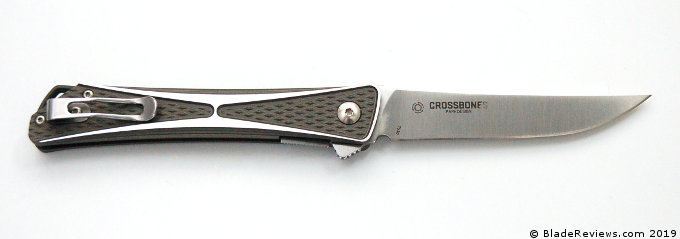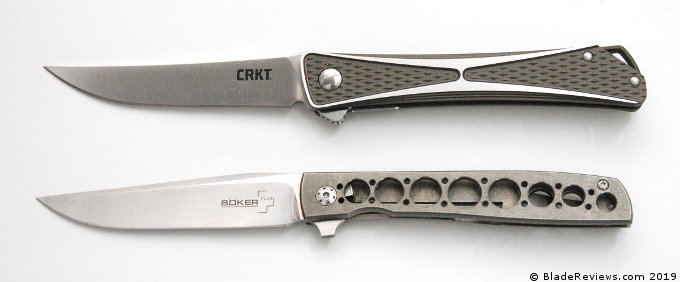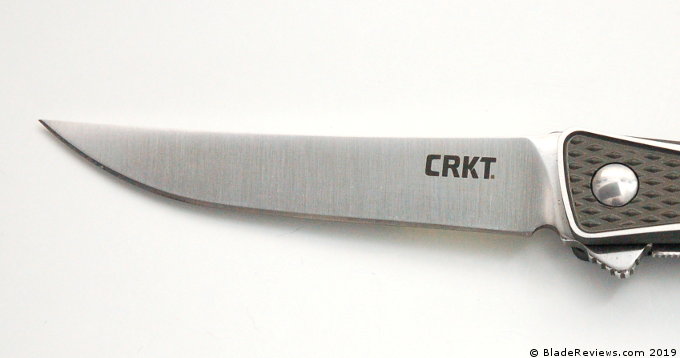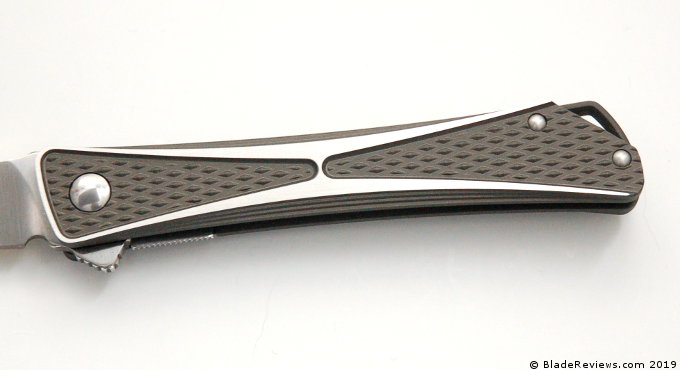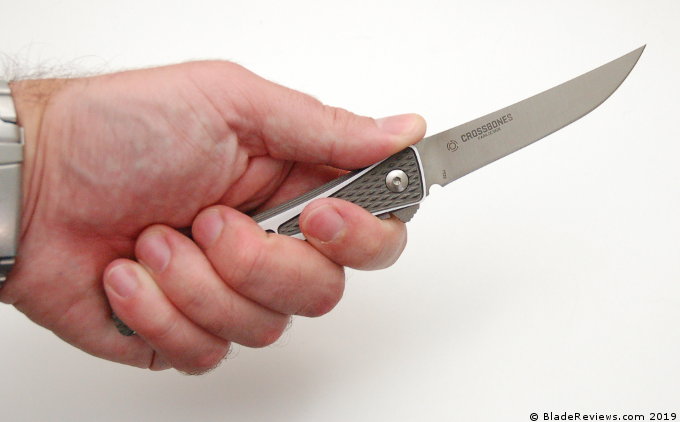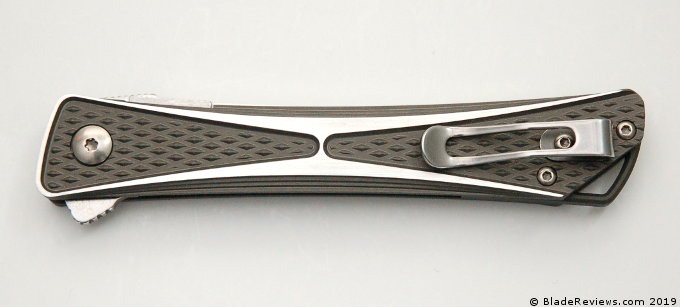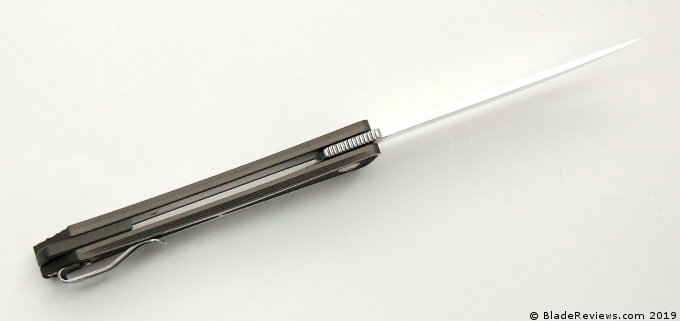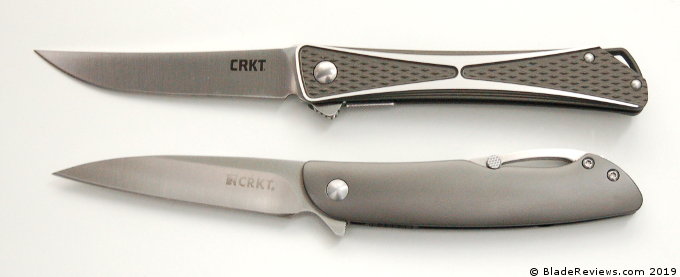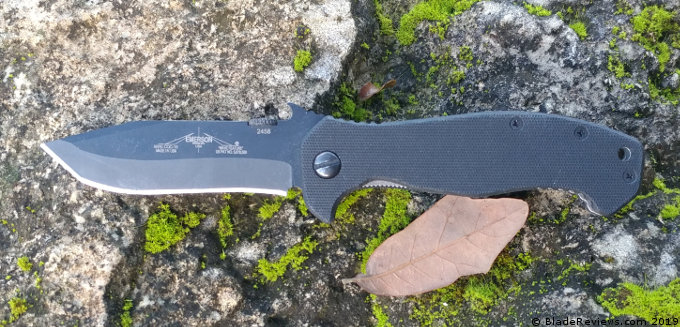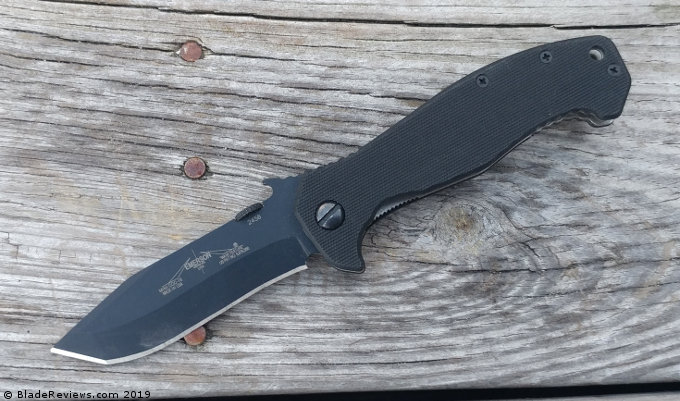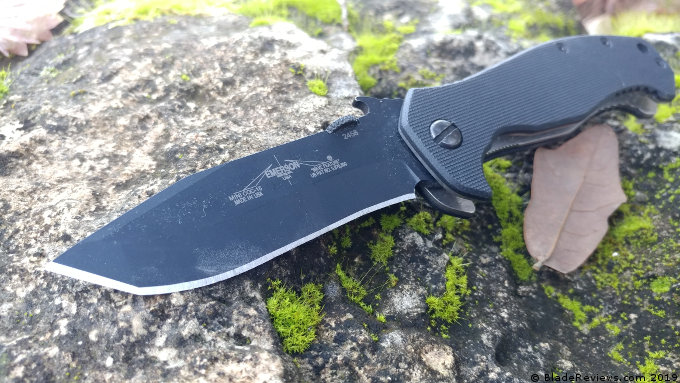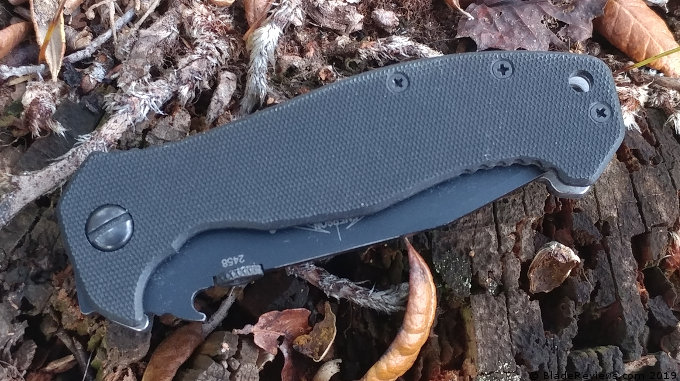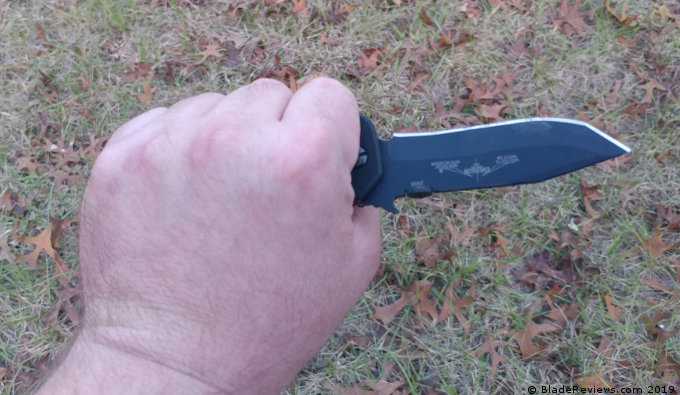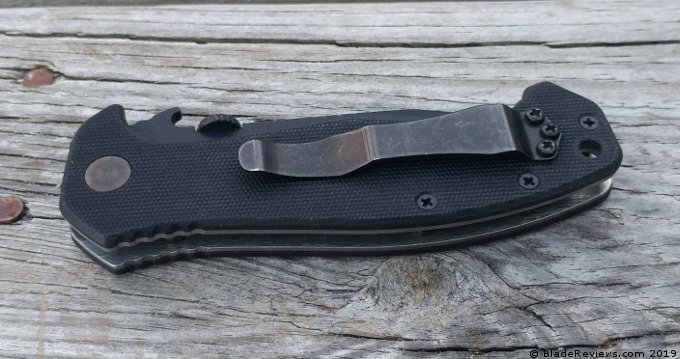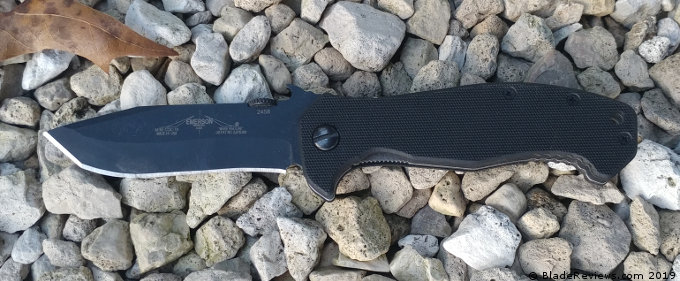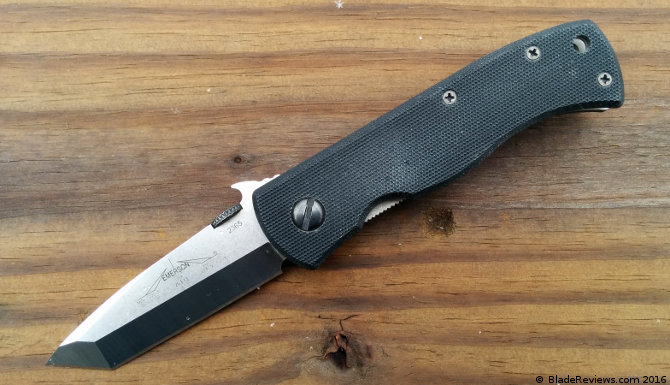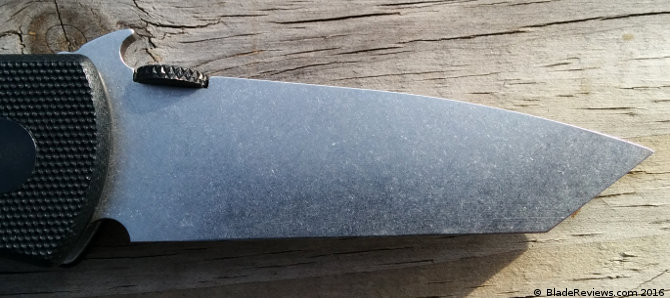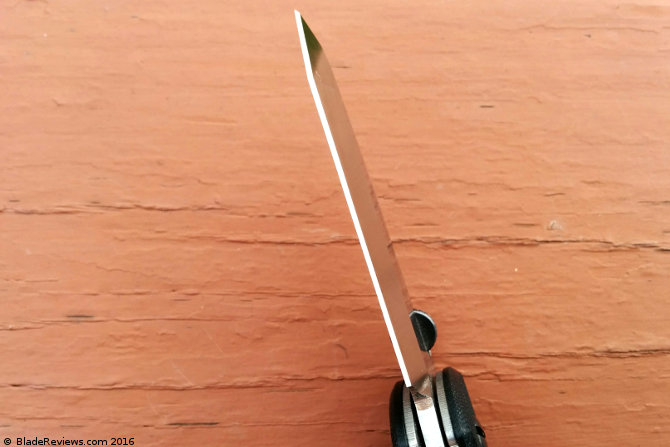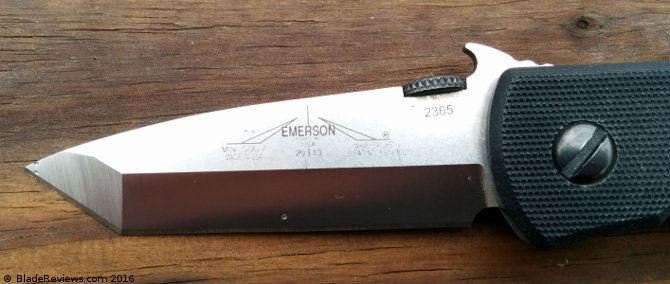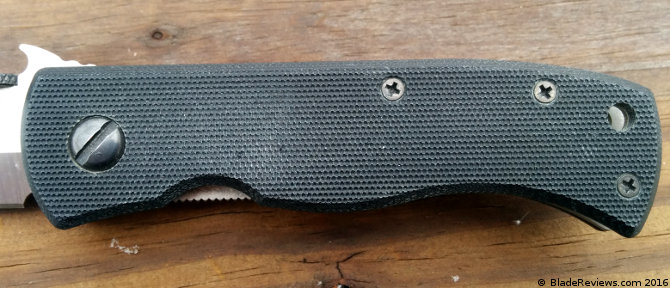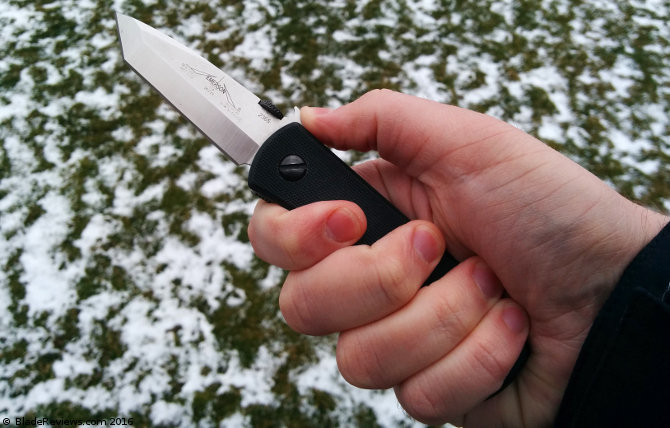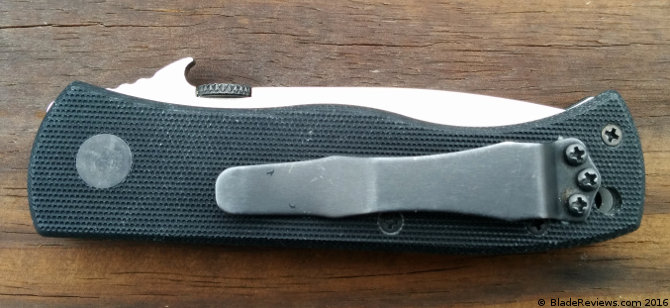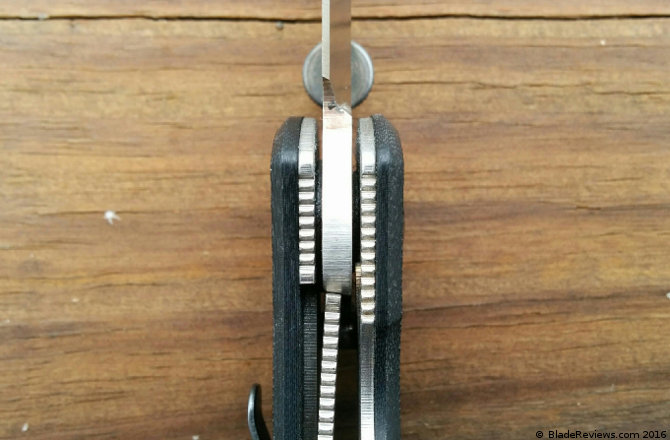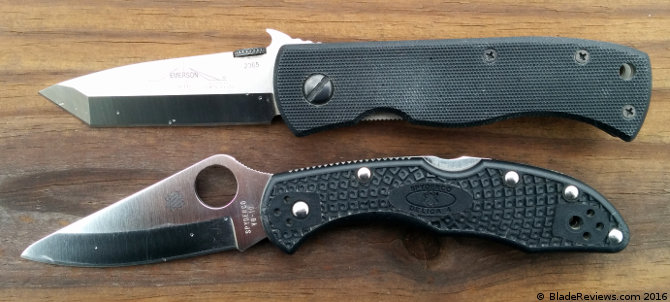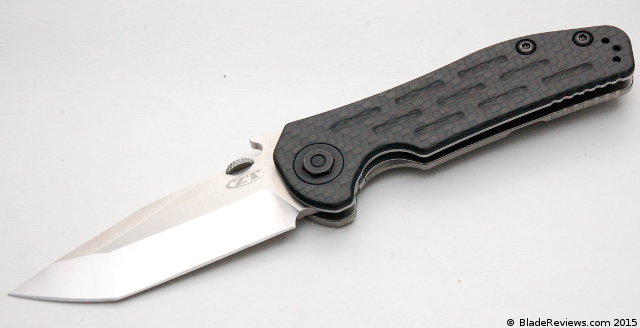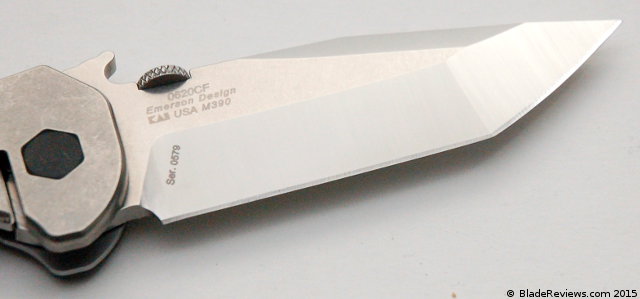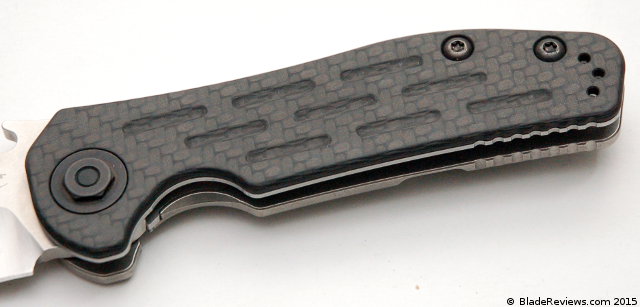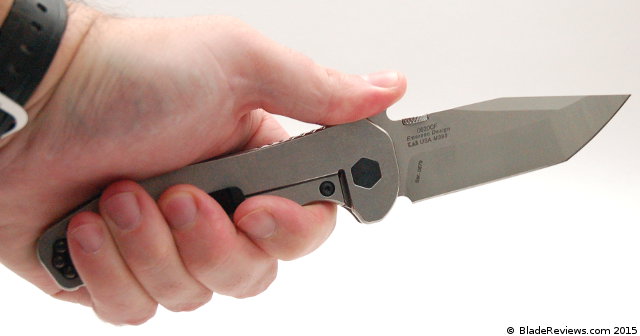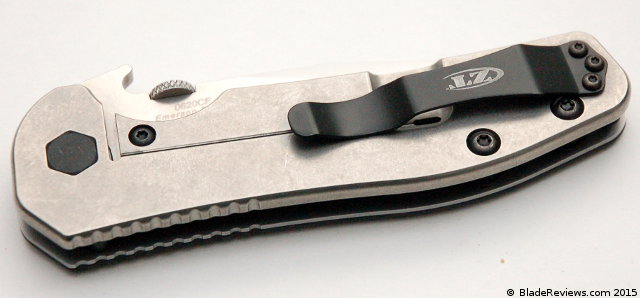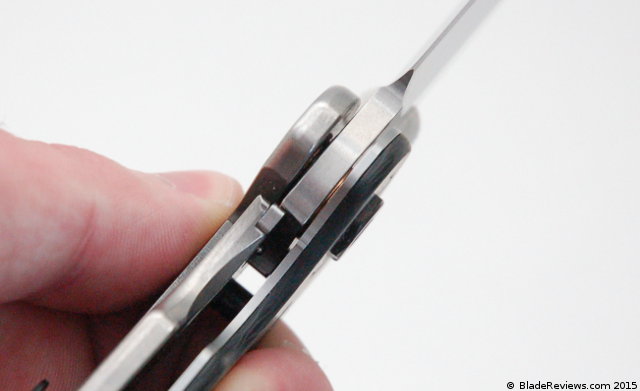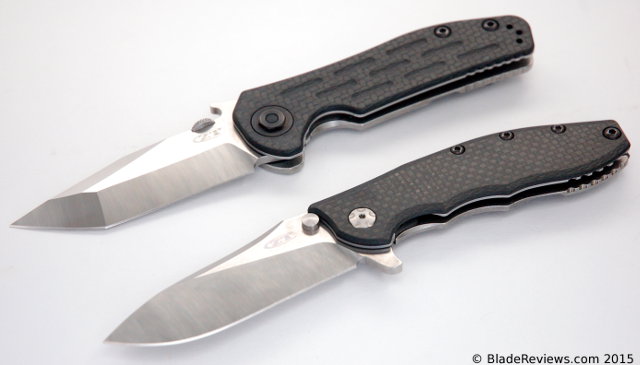I’m a sucker for cool-looking knives. Not impractical fantasy knives, but practical knives that have a cool look to them. That’s why knives like the Gerber Flatiron and now the Ayako. I’m a sucker for budget-friendly knives that have a unique style and grace to them. The Ayako, as the name implies, has a Japanese styling to it. Not to sound like a weeb, but the katana like inspiration makes this an eye-catching knife.
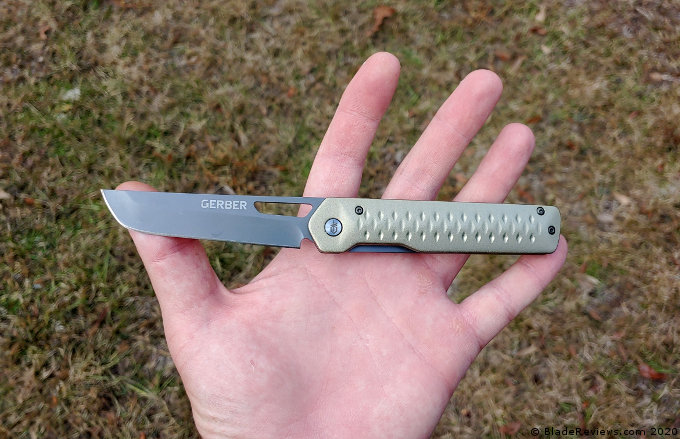
Buy the Gerber Tri Tip at BladeHQ
Buy on Amazon
The swept-back blade with a forward-positioned belly makes this look like some form of mini katana. Call it the influence of Ghosts of Tsushima, but I really dig the vibe of the Ayako, and that’s what caught my eye at my local Academy Sports and Outdoors. I’ve been carrying the 30ish dollar knife for about two weeks now, and while it won’t be my main go-to for an EDC knife, I appreciate a budget-friendly option.
It’s easy to get lost in the snobbery when you carry a Hoback or a Micro-Tech. Budget-friendly blades have a rightful place and are the most bought blades, so they deserve some love when they can deliver performance above their price tag.
General Dimensions and Blade Details
The Ayako has a 3.5-inch long blade with a 3.625-inch cutting edge. That rounded edge near the tip of the blade gives you a little more cutting edge than the blade’s length offers. The handle is 4.625 inches long, and the blade has an overall length of 8.1 inches. The Ayako weighs 3.8 ounces, so it’s relatively light and comfortable for daily carry.
The blade seems to be half tanto half sheep’s foot tip. It’s not exceptionally pointy like a tanto, but it’s not as tip reduced as a sheep‘s foot. The belly like area near the tip of the blade gives good traction if you want to go deep on your initial cut. For a sword, that’s probably a great trait when you have to fight a Khan invader. On a knife, it allows me to cut through tomatoes quite quickly and dig into thick materials efficiently.
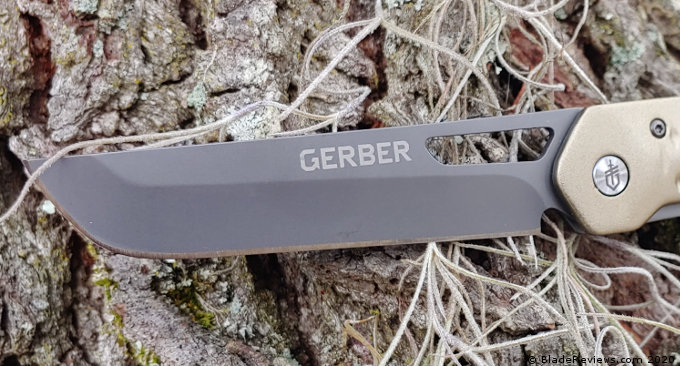
The slightly swept-back blade is only slightly curved and seems to follow the tip into deep cuts rather well. The blade is made from the pain in the butt to type 7Cr17MoV stainless steel. 7Cr is a Chinese made stainless steel that is relatively cheap.
The corrosion resistance is high, which is excellent, and as stainless steel, this is one of the more defining features of 7Cr. 7Cr is also an easy to sharpen steel, and that’s important because you’ll be sharpening it a fair bit as the edge dulls quickly. In my two weeks or so of use, it hasn’t be pressed into hard service by any means. I’ve cut up a lot of cardboard as I disposed of a ton of Amazon boxes during the Christmas rush and put it towards most of my daily knife tasks.
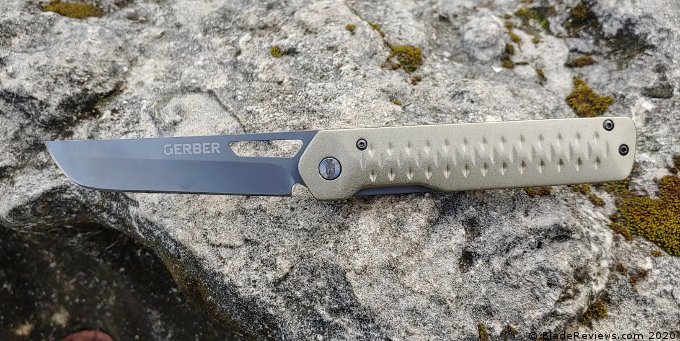
Gerber barely seems to sharpen it before it heads out the door, and it seems to dull rather quickly. It’s low-end steel, but I’ve had low-end steels hold a better edge than this. The edge itself can get decently sharp with a whetstone. Sharp enough to slice and dice cardboard, zip ties, chicken, tomatoes, and even an onion or two with relative ease. It hangs up a bit with cardboard but will still make it through when pressed.
I wish it had more to the tip, especially when cutting the zip ties that held the portions of a bike in a box. It worked, eventually, but more of a point would help with basic tasks.
Handle, Ergonomics, and Carry
One side of the handle is an aluminum scale, and the other is a stainless steel scale. Both are checkered and marked, but it’s not overt checkering. It’s subdued and likely wouldn’t cling tight to your hand under stress. The knife has never slipped in my grip, but the checkering is nowhere near what something like G10 offers. You can grip it tight and still pull it out of your hand with little resistance.
The handle is plenty comfortable, and it does allow you to cling to it without much discomfort. The grip is nice and long and seems to fit my big hands well. It’s thin but functional and comfortable. The shape is well done and allows for intuitive blade manipulation.
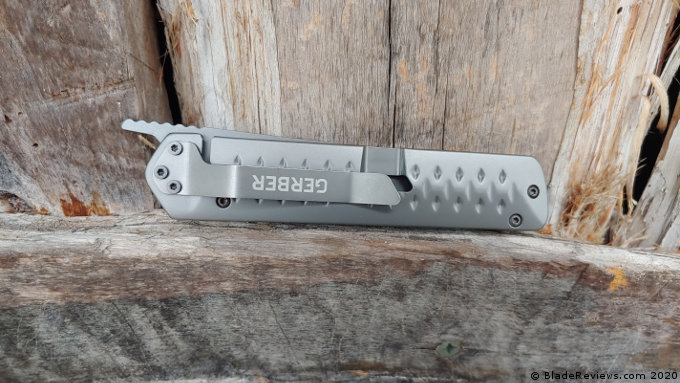
The grip is thin, and my main complaint about it would be the pocket clip location. It’s a big clip on a svelte design. I almost wish the knife didn’t have a pocket clip; it feels like it ruins the smooth lines of the grip.
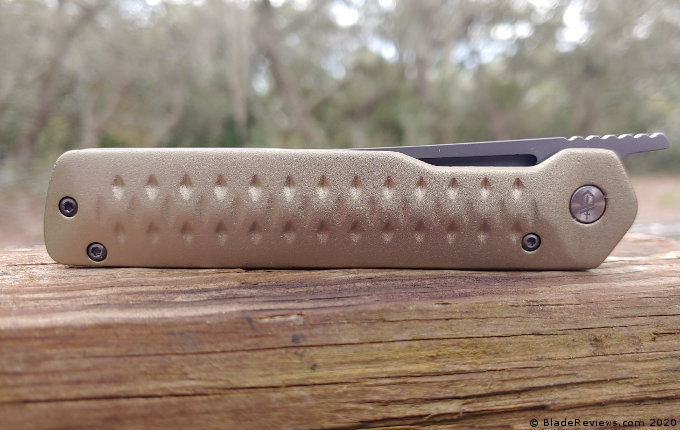
You can remove the pocket clip, but you can’t move its location. You are stuck with the blade in a tip-down carry position with the clip on the right-hand side of the knife. It clings tightly to your pocket though and doesn’t budge when you move.
Deployment and Lockup
The Ayako has two means to deploy the blade. The first is via a flipper that extends past the body of the blade and is part of the blade. The second is a thumb hole in the blade. Neither is a means to quickly deploy the blade. The flipper allows for one-handed manipulations, but it’s not going to fly out in a hurry and takes a deliberate motion to deploy the blade.
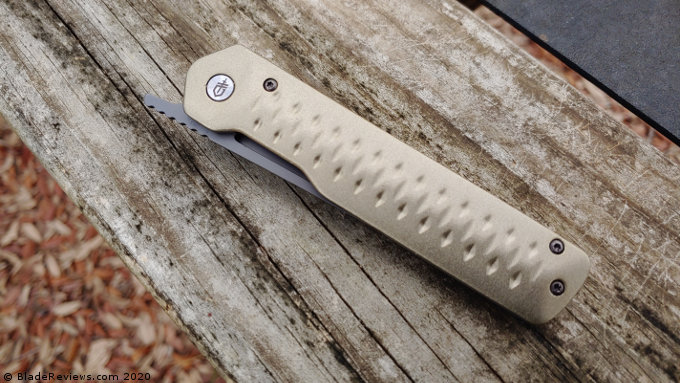
The thumb hole is nearly useless and very small when the blade is closed. It’s such a small little slot that my monkey fingers have a hard time reaching into it and using it. If my nails are trimmed, it’s useless.
Once deployed, the stainless steel liner lock seems to do a good job of pinning the blade open. The liner lock is part of the rear grip scale, so your own grip keeps the blade pinned open. Once the liner lock is engaged, the Ayako’s blade is locked in place and seemingly won’t move or budge even a bit. A cut in the front grip scale makes it easy to depress the liner lock and close the blade with ease.
Gerber Ayako Review – Final Thoughts
The Ayako is a little bit more than a pretty face. It’s a decent little EDC knife. The solid lockup and decent blade design make it well suited for EDC tasks. If the knife was more expensive, I’d be more critical of the 7Cr steel and how fast it dulls. Knives like the Flatiron are about the same price but featured a much worse grind than the Ayako.
The Ayako is a solid little knife for the money. It won’t win any awards, and it’s not exceptional in any way. The most redeeming qualities are its price and attractive appearance. Behind the pretty face is a knife that cuts and claws as it should, but it doesn’t do much else. I don’t regret my purchase, but I’m betting the Ayako is a knife I put in my knife box for a long stay or eventually give away. Speaking of, with Christmas around the corner, its a great budget based gift, especially for a young man or woman in need of a knife they can abuse, break or lose.
- The Ayako pocket knife is modern take on a classic Japanese designed friction folder EDC
- The EDC knife features dual deployment options: a nail nick hole, as well as an extended tang front flip
- Featuring a fully fine edge 3.5 Inch, Japanese style tanto blade of 7Cr17MoV
- Frame Lock for easy one-hand closing for EDC
- Handle scales of coined aluminum, and stainless steel with Frame Lock for easy one-hand closing
Editor: I recommend purchasing the Gerber Ayako at BladeHQ or Amazon. Thank you for reading.
